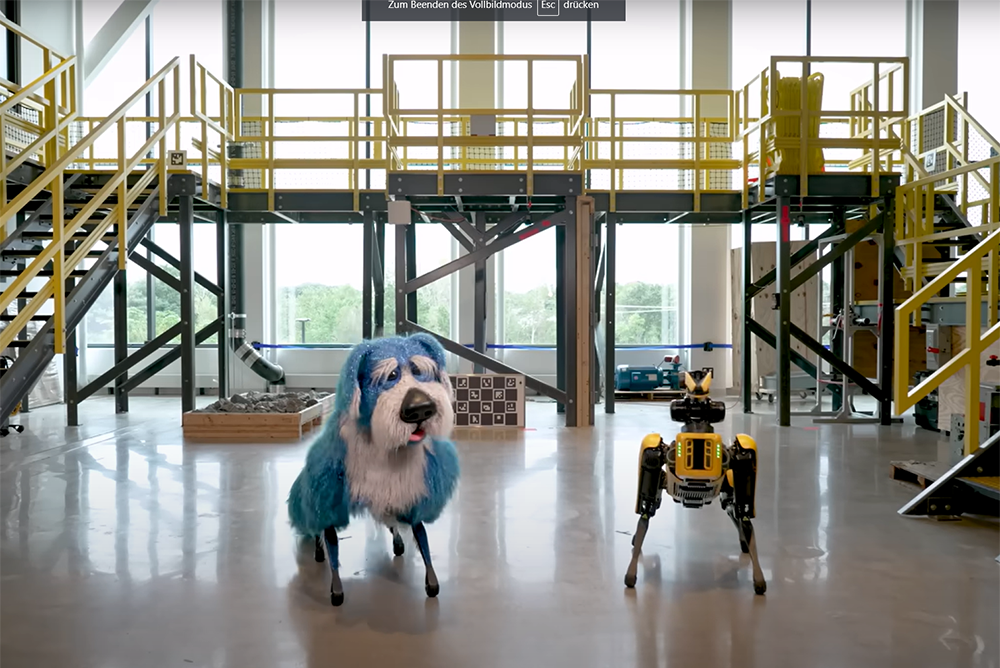Prof. Dr. Oliver Bendel introduced the term “robot enhancement” in 2020 and has since used it in several articles and book chapters. Robot enhancement is the extension and associated modification or improvement of the robot by the user or a company, for example in functional, aesthetic, ethical or economic terms. The word was coined in reference to “human enhancement” and “animal enhancement”, and can be used to describe both the field of work and the object. One form of robot enhancement is social robot enhancement, in which a social robot is enhanced or modified and improved. An impressive example of robot enhancement is shown in a video by Boston Dynamics. A “naked” spot and a spot with a dog costume dance together in the hall where Atlas used to be seen again and again. Such robot enhancement should not necessarily be imitated by the user. There are some robots that cannot stand the costume and will heat up – to the point of becoming defective (Photo: YouTube/Boston Dynamics).
Towards Robot Enhancement
In an article for ICTkommunikation published on 21 May 2021 (only available in German), Oliver Bendel outlines the field of robot enhancement. Robot enhancement refers to the enhancement and associated modification or improvement of the robot by the user or a company, for example in functional, aesthetic, ethical or economic terms. Social robots are of particular interest. The article gives several examples of application: Pepper is dressed and accessorized, like REEM, a police robot used in Dubai. AIBO, a robotic dog, is covered in fur. To make a hugging robot smell, you rub it with scents. Or one covers a metal or plastic head with silicone skin or lengthens existing limbs. According to the Zurich-based scientist, a new field of work is needed so that all these measures can be carried out in a systematic and theoretically sound manner. The article entitled “Überlegungen zu Robot Enhancement” can be accessed here.
Investigating Robot Enhancement
Social robots and service robots usually have a defined locomotor system, a defined appearance and defined mimic and gestural abilities. This leads, on the one hand, to a certain familiarization effect. On the other hand, the actions of the robots are thus limited, for example in the household or in a shopping mall. Robot enhancement is used to extend and improve social robots and service robots. It changes their appearance and expands their scope. It is possible to apply attachments to the hardware, extend limbs and exchange components. One can pull skin made of silicone over the face or head, making the robots look humanoid. One can also change the software and connect the robot to AI systems – this is already done many times. The project or thesis, announced by Oliver Bendel in August 2020 at the School of Business FHNW, should first present the principles and functional possibilities of robot enhancement. Second, concrete examples should be given and described. One of these examples, e.g., the skin made of silicone, has to be implemented. Robots like Pepper or Atlas would be completely changed by such a skin. They could look uncanny, but also appealing. The project will start in September 2020.


